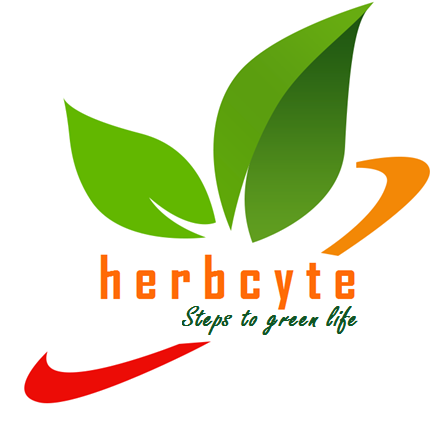Java Tea is widely cultivated in Southeast Asia and tropical regions and they are primarily used to make herbal tea in Southeast Asia and Europe. Java tea is divided into two types: white flowers (white variety) and light purple flowers (purple variety). The purple variety has more bioactive compounds than the white variety. Java Tea leaves and stem tips are traditionally used for medicinal purposes. This plant has been listed in French, Indonesian, Dutch and Swiss pharmacopoeias for the treatment of renal cleansing and function, as well as related disorders such as nephritis, cystitis, and urethritis. The extract of java Tea leaves is used as a tonic for kidney and bladder stones, as well as urinary tract infections. The leaves of Java tea are high in flavones, polyphenols, bioactive proteins, glycosides, a volatile oil, and potassium. Let us look at how Java Tea act as a treatment source of kidney stones. Diuretic action is important in kidney stone treatment because increasing the amount of fluid flowing through the kidney helps to dissolve the stones, aids in their passage to avoid further retention, and washes out the deposits. Many studies have shown that adenosine A1 receptor antagonists can induce diuresis and sodium excretion, among other roles in renal protection. Adenosine A1 receptor binding assay-guided extract of Java Tea leaves resulted in the isolation of seven methoxy flavonoids as active binding with Ki values in the lower ranges revels the higher binding affinity. According to scientific studies, the traditional use of Java Tea in kidney stone treatment is due to the affinity of the active compounds isolated from java tea having an adenosine A1 receptor ligand, which allows them to be associated with diuretic activity, which is one possible treatment for kidney stones.
References:
Adenosine A1 receptor binding activity of methoxy flavonoids from Orthosiphon stamineus. Nancy Dewi Yuliana, Alfi Khatib, Anne Maria Regina Link-Struensee, Adriaan P. Ijzerman, Fransiska Rungkat- Zakaria2, Young Hae Choi1, Robert Verpoorte. Planta Med 2009 Feb; 75(2):132-6.

